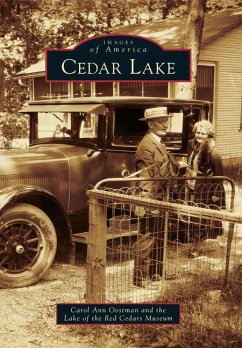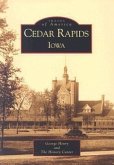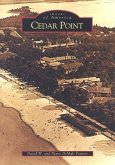Cedar Lake has been home to Indians, pioneers, industrialists, hotelkeepers, and more. At the center of town is a 787-acre body of water also called Cedar Lake. In 1882, the Monon Railroad laid tracks along the western lakeshore. In winter, the Armour brothers, John G. Shedd, and the Howkinsons harvested lake ice and loaded it on trains bound for Chicago meatpacking houses. Tourists, and sometimes scoundrels, soon discovered this summer playground. They came by rail or buggy for fresh air and country-fried chicken. During the hotel era, nearly 50 establishments provided lodging overlooking the lake. Entertainment was provided in over-the-water dance halls offering big-name performers like Stan Kenton, the Beach Boys, and Lawrence Welk. Entrepreneur Samuel C. Bartlett recognized opportunity and bought up acreage. He set up a real estate office to sell lots and cottages. But the boom time passed, and the town has become predominantly residential.
Hinweis: Dieser Artikel kann nur an eine deutsche Lieferadresse ausgeliefert werden.
Hinweis: Dieser Artikel kann nur an eine deutsche Lieferadresse ausgeliefert werden.








